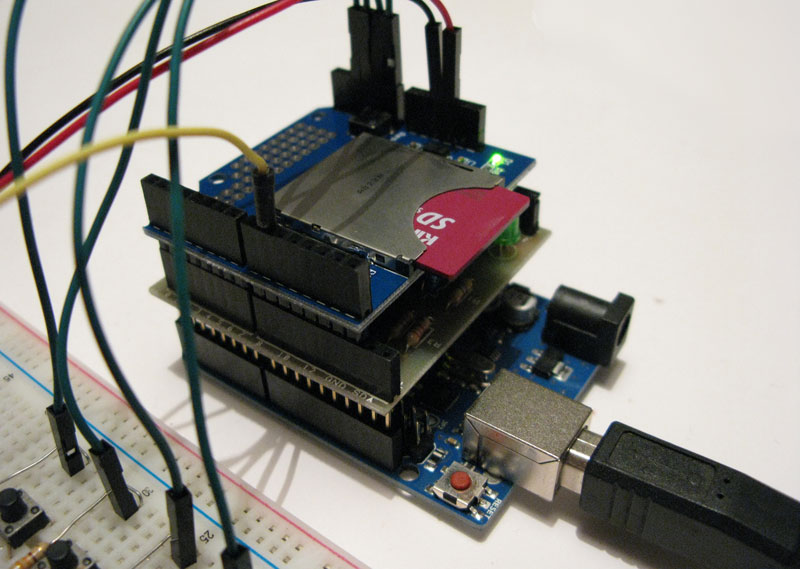Logging data with an Arduino is old-hat for most Hackaday readers. However, [Patricia Beddows] and [Edward Mallon] had some pretty daunting requirements. Their sensors were going underground and underwater as part of an effort to study conditions underwater and in caves. They needed to be accessible, yet rugged. They didn’t want to use batteries that would be difficult to take on airplanes, but also wanted more than a year of run time. You can buy all that, of course, if you are willing to pay the price.
Instead, they used off-the-shelf Arduino boards connected together inside PVC housings. Three alkaline AA batteries are compact and give them more than a year of run time. They wrote a journal paper to help other scientists use the same techniques for the Sensors journal published by the Multidisciplinary Digital Publishing Institute.
If you regularly read Hackaday, you probably won’t find the electronic part of the build remarkable. However, that’s kind of the point, as this is all off-the-shelf and inexpensive. They do however modify the boards in some cases to allow the controller to power them down, for example.
In fact, they put a lot of thought into reducing power requirements. Since your eye is more sensitive to green, for example, they use green LEDs with very low currents as indicators. They also speed up the serial bus going to sensors because they found that the increased power required was more than offset by finishing the transaction faster (and, thus, going back to sleep sooner).
The PVC enclosures are also interesting. The paper shows some practical deployments in some very harsh conditions. If you want more practical details, the Cave Pearl project has been blogging about their development of these loggers for a while. They have a good “how to” page, as well.
If an Arduino seems too last-year for you, we’ve seen long-duration logging done with ESP8266s and ESP32s. However, they did use lithium-ion cells. Spoiler alert: The ESP8266 lasts longer than the ESP32. If you want to minimize power when sending things out over a network connection, consider MQTT.




 [Husham] not only likes his electronics projects but clearly enjoys documenting them as well. He’s written a nice Instructable on a
[Husham] not only likes his electronics projects but clearly enjoys documenting them as well. He’s written a nice Instructable on a 




